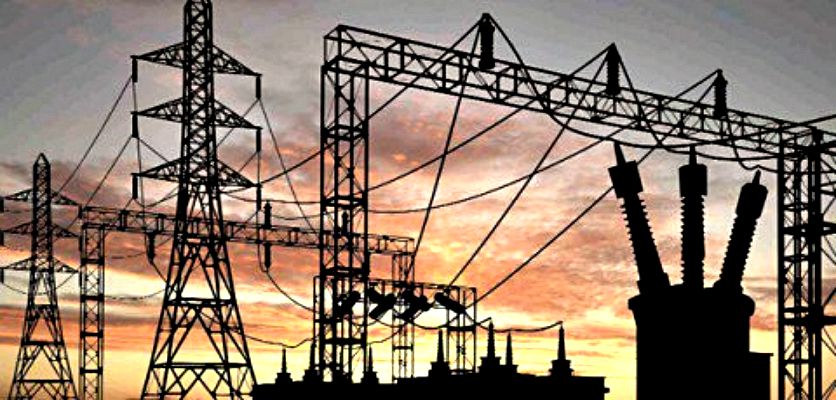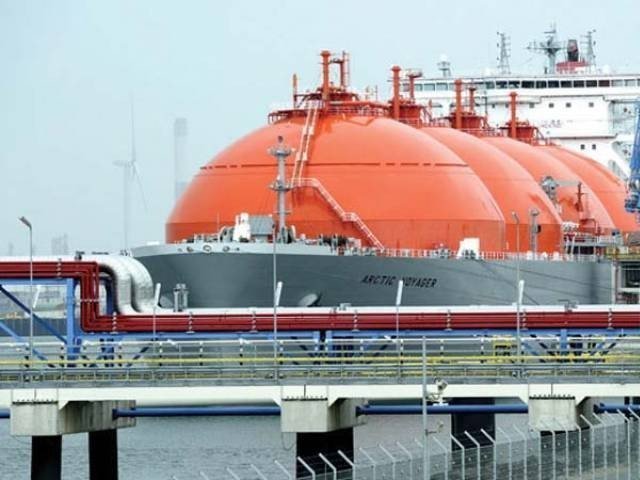
Pakistan to add 5,770 MW electricity by March-2018
December 27, 2017
GE Cutting 12,000 Electric Power Industry Jobs Worldwide
December 27, 2017The communications industry could use 20% of all the world’s electricity by 2025, hampering attempts to meet climate change targets and straining grids as demand by power-hungry server farms storing digital data from billions of smartphones, tablets and internet-connected devices grows exponentially.
The industry has long argued that it can considerably reduce carbon emissions by increasing efficiency and reducing waste, but academics are challenging industry assumptions. A new paper, due to be published by US researchers later this month, will forecast that information and communications technology could create up to 3.5% of global emissions by 2020 – surpassing aviation and shipping – and up to 14% 2040, around the same proportion as the US today.
Global computing power demand from internet-connected devices, high resolution video streaming, emails, surveillance cameras and a new generation of smart TVs is increasing 20% a year, consuming roughly 3-5% of the world’s electricity in 2015, says Swedish researcher Anders Andrae.
In an update to a 2016 peer-reviewed study, Andrae found that without dramatic increases in efficiency, the ICT industry could use 20% of all electricity and emit up to 5.5% of the world’s carbon emissions by 2025. This would be more than any country except the US, China and India.
He expects industry power demand to increase from 200-300 terawatt hours (TWh) of electricity a year now, to 1,200 or even 3,000TWh by 2025. Data centres on their own could produce 1.9 gigatonnes (Gt) (or 3.2% of the global total) of carbon emissions, he says.
“The situation is alarming,” said Andrae, who works for the Chinese communications technology firm Huawei. “We have a tsunami of data approaching. Everything which can be is being digitalised. It is a perfect storm. 5G [the fifth generation of mobile technology] is coming, IP [internet protocol] traffic is much higher than estimated, and all cars and machines, robots and artificial intelligence are being digitalised, producing huge amounts of data which is stored in data centres.”
US researchers expect power consumption to triple in the next five years as one billion more people come online in developing countries, and the “internet of things” (IoT), driverless cars, robots, video surveillance and artificial intelligence grows exponentially in rich countries.
“There will be 8.4bn connected things in 2017, setting the stage for 20.4bn internet of things devices to be deployed by 2020,” says the leading internet analyst firm Gartner.
The industry has encouraged the idea that the digital transformation of economies and large-scale energy efficiencies will slash global emissions by 20% or more, but the scale and speed of the revolution has been a surprise.
Global internet traffic will increase nearly threefold in the next five years says the latest Cisco Visual Networking Index, a leading industry tracker of internet use.
“More than one billion new internet users are expected, growing from three billion in 2015 to 4.1bn by 2020. Over the next five years global IP networks will support up to 10bn new devices and connections, increasing from 16.3bn in 2015 to 26bn by 2020,” says Cisco.
A 2016 Berkeley laboratory report for the US government estimated the country’s data centres, which held about 350m terabytes of data in 2015, could together need over 100TWh of electricity a year by 2020. This is the equivalent of about 10 large nuclear power stations.
Data centre capacity is also rocketing in Europe and Asia with London, Frankfurt, Paris and Amsterdam expected to add nearly 200MW of consumption in 2017, or the power equivalent of a medium size power station.
“We are seeing massive growth of data centres in all regions. Trends that started in the US are now standard in Europe. Asia is taking off massively,” says Mitual Patel, head of EMEA data centre research at global investment firm CBRE.
“The volume of data being handled by such centres is growing at unprecedented rates. They are seen as a key element in the next stage of growth for the ICT industry”, says Peter Corcoran, a researcher at the university of Ireland, Galway.
Ireland, which with Denmark is becoming a data base for the world’s biggest tech companies, has 350MW connected to data centres but this is expected to triple to over 1,000MW, or the equivalent of a nuclear power station size plant, in the next five years.
Permission has been given for a further 550MW to be connected and 750MW more is in the pipeline, says Eirgrid, the country’s main grid operator.
“If all enquiries connect, the data centre load could account for 20% of Ireland’s peak demand,” says Eirgrid in its All-Island Generation Capacity Statement 2017-2026 report.
The data will be stored in vast new one million square feet or larger “hyper-scale” server farms, which companies are now building. The scale of these farms is huge; a single $1bn Apple data centre planned for Athenry in Co Galway, expects to eventually use 300MW of electricity, or over 8% of the national capacity and more than the daily entire usage of Dublin. It will require 144 large diesel generators as back up for when the wind does not blow.
Source: www.theguardian.com




